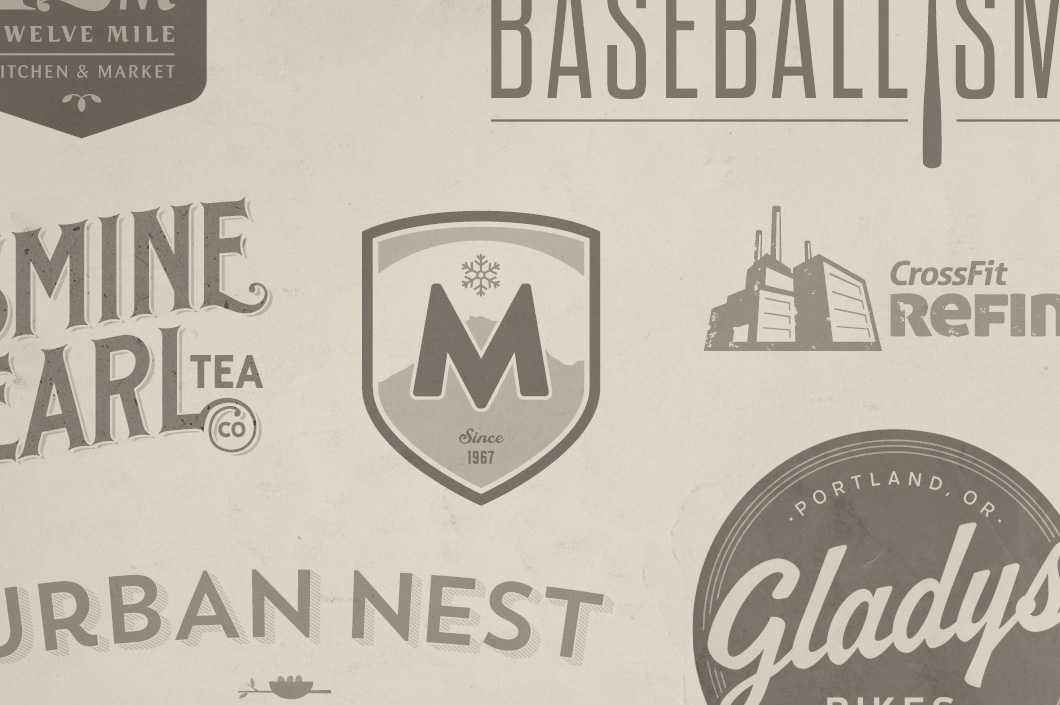A solid logo usually embodies a few key qualities:
1) It should identify, not explain — a logo should not literally describe the business; it's more of a "signpost" that identifies the company and reflects its attitudes and values. A logo should give direction and attitude, while the product or service provided will inform the meaning.
2) It should be seductive — Logos are most successful when they are simple and dynamic. They need to work in a wide range of media (print, web, on the wall, etc) and hold up in all applications that will make an impression and draw the viewer in.
3) It should pose a question — This goes hand in hand with the first 2: If a viewer is given all the facts there is little reason for him to process the information or delve in deeper. Alternatively, if the viewer is presented with a design that poses a question they will be drawn in to discover more.
4) It should be memorable — Humans see shape, color, and then put what they see within the context of time. After that, humans apply meaning to what they have just taken in or experienced. So a unique design or shape along with color helps to create a memorable logo or identity.
5) It should be timeless — We want to make sure that any logo is designed for longevity. Since humans put a timeline context to everything, the logo needs to stand the test of time as much as possible. We look at our design to see if they would have worked in the past, if it works today, and if it should work in the future. Times do change and though we do our best, a logo should be reassessed for longevity every five years or so. Sometimes a little update or typography change is all that's needed to bring it up to date.
6) It should be the foundation of a system — A logo is only the first impression. It needs to work in a system. An Identity System is a kit of parts or predefined set of brand assets that usually include the logo, typography, color palettes, messaging, and additional branded imagery (photos, icons, illustrations, patterns, textures, etc). These elements combine to form an overall look and feel for a brand.
7) It should be flexible — In this day in age the logo needs to be designed for a variety of media including digital, print, on products, and within environments. We design logos that work in multiple color formats and orientations (vertical vs horizontal applications) so that the core components of the identity are very flexible.


